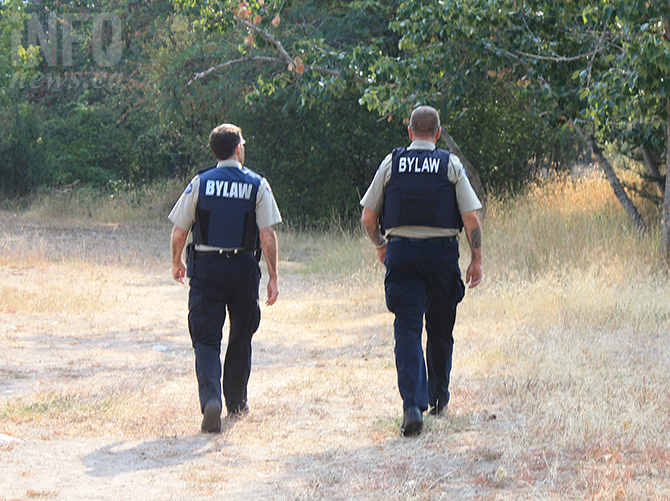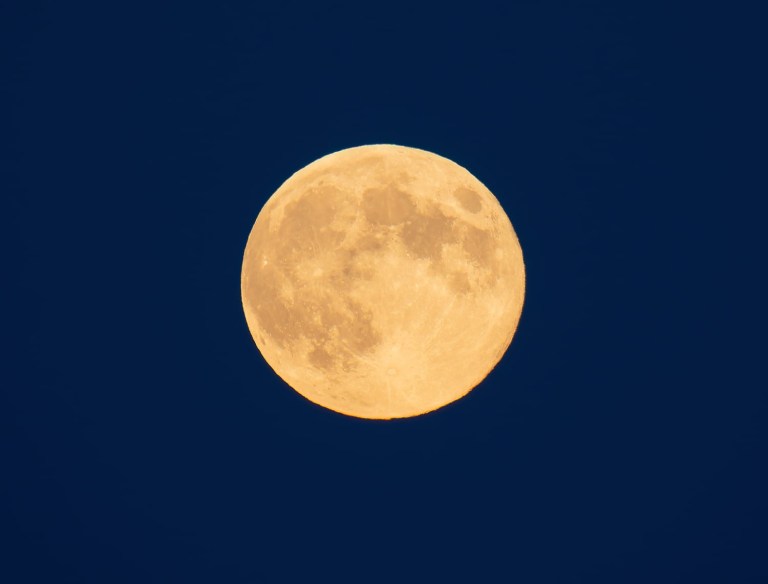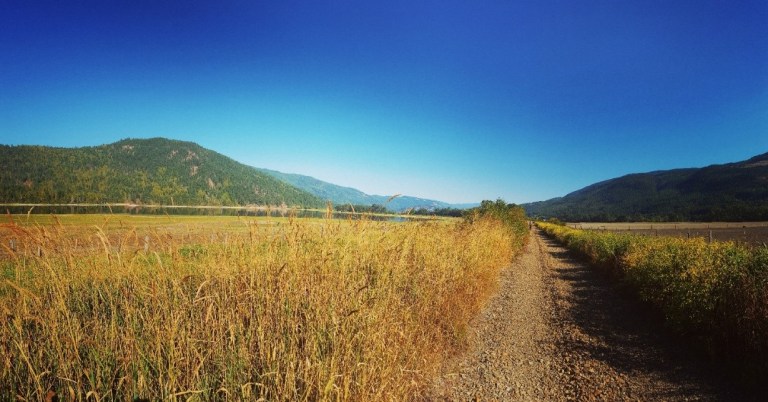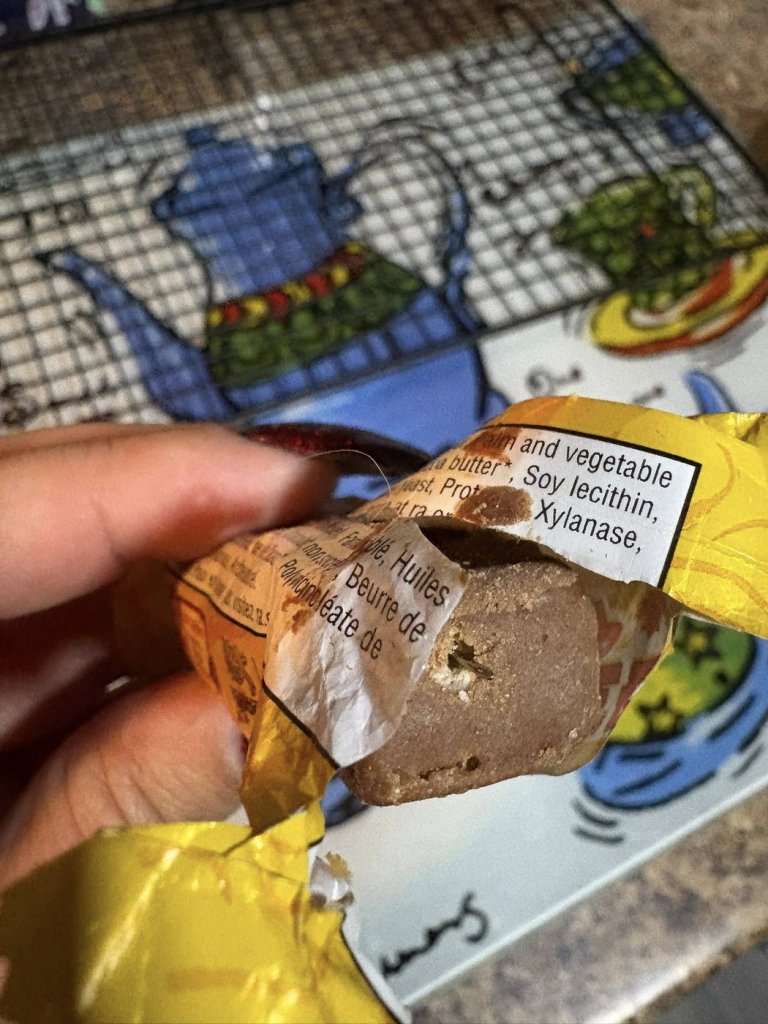West Kelowna water supply vulnerable if drought continues

WEST KELOWNA – If you were able to visit West Kelowna’s Rose Valley reservoir right now, you would find it full, water lapping right to the edges of the man-made storage water facility.
However, if you were to judge the district’s water health as normal by that same measure, you would be wrong as the district is currently experiencing a one-in-20-year drought scenario with the snowpack which feeds its upland reservoirs hovering at 48 per cent of normal.
“We didn’t have the amount of snowfall we usually have and we rely on that snowfall melting later into spring to refill the reservoirs,” says Allen Fillion, the district’s general manager of public works
That scenario was enough for the district to enact its stage one watering restrictions last week, the earliest anyone can remember them coming into play.
And while all it would take to put things back to normal is a wet spring and fall with a seasonably-warm summer, forecasts by the provincial Ministry of Environment do not predict that and in fact, indicate a very good chance of a hot and dry El Nino summer.
Still Fillion says his staff believe the district should easily make it through the summer without having to go much beyond stage two water restrictions.
But all bets are off if the current drought scenario playing out over much of southern B.C. should continue into next year.
West Kelowna, like other communities around Okanagan Lake, has provisions to restrict water use during drought conditions. Stage one allows for watering every other day depending on the last two digits of your address, restricts the time of day when watering is allowed and the size of hoses used to do it.
The stages get progressively stricter, targetting swimming pools and driveway car washing until stage four when no watering is allowed outdoors for any purpose, including for agricultural users such as orchards and farms.
Stages three and four have never been enacted since the district incorporated in 2007. But there’s always a first time and an extreme drought scenario, should it come to pass, would mean more than brown lawns, dirty cars and empty swimming pools.
Fillion says the potable water supply for almost half the district’s 33,000 residents could be affected because only the water from the Powers Creek drainage basin is fully treated. The Lambly Creek basin, which is stored in the Rose Valley reservoir, receives only basic chlorination, similar to water drawn from Okanagan Lake.
“The worst-case scenario is that we would have to supply a good chunk of the district from the lake and if it wasn’t getting the treatment it’s supposed to receive, we might have to go to boil water advisory in conjunction with Interior Health,” he says. “Right now, they are OK with that approach but they might not be down the road.”
West Kelowna’s water master plan would fix all that, providing a new water treatment plant for the Rose Valley reservoir, increased storage capacity on the Powers Creek basin and interconnectivity between all of West Kelowna’s five water systems.
But those solutions take both time and money. Improvements identified in the water master plan are worth $152 million, half of which would be spent over the next 20 years.
Fillion says a district-wide water rate review will almost certainly lead to domestic price hikes next year designed to cover the costs of the infrastructure improvements. But what it can’t buy is time and the earliest some of these improvements could be brought on line is about five to seven years.
In the meantime, all the district can do is hope the current dry summer doesn't turn into an extended drought. “If it gets to that, we will do what we have to do,” Fillion says. “We just have to hope it doesn’t get to that.”
To contact the reporter for this story, email John McDonald at jmcdonald@infonews.ca or call 250-808-0143. To contact the editor, email mjones@infonews.ca or call 250-718-2724.
Join the Conversation!
Want to share your thoughts, add context, or connect with others in your community?
You must be logged in to post a comment.

















